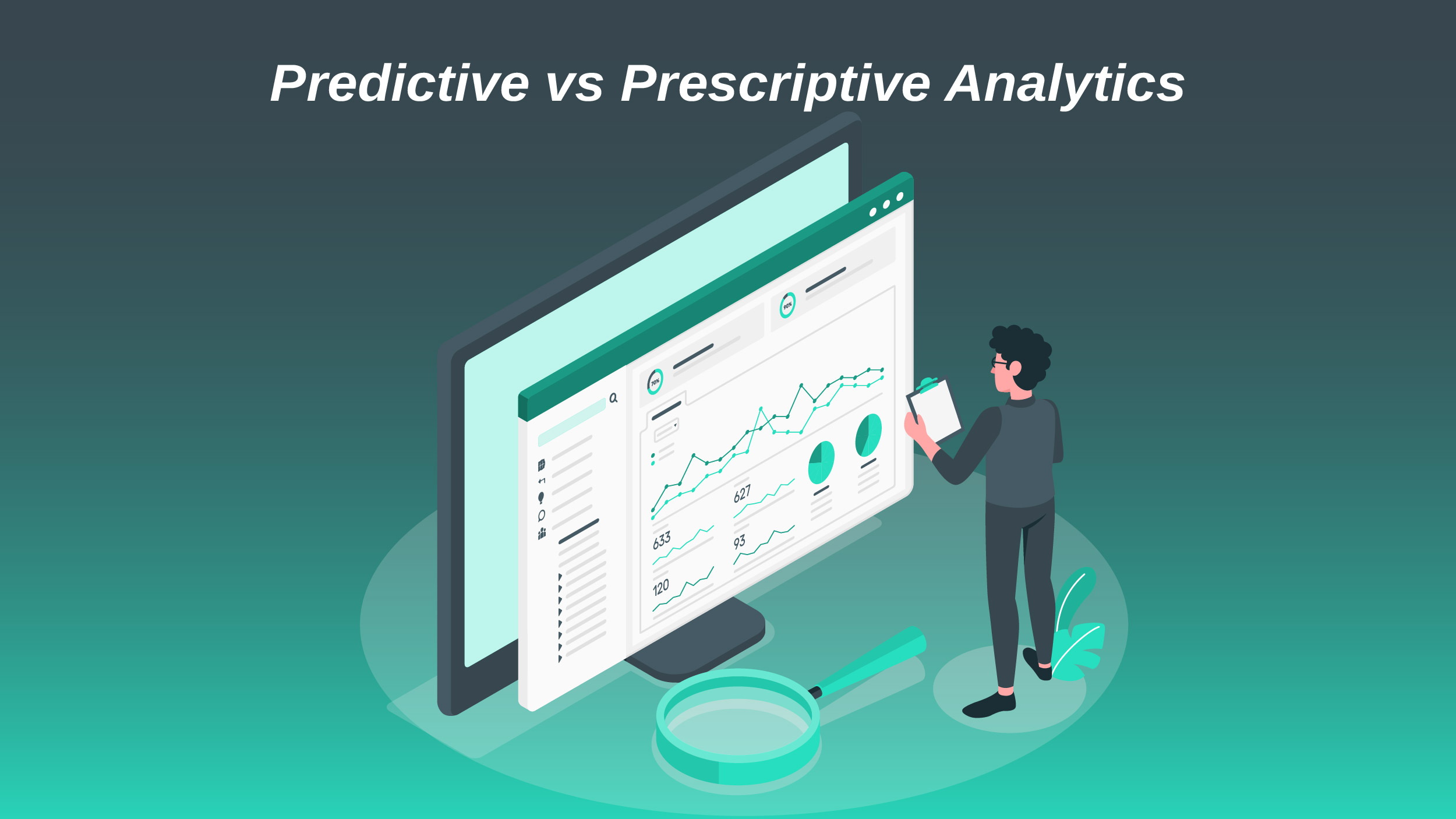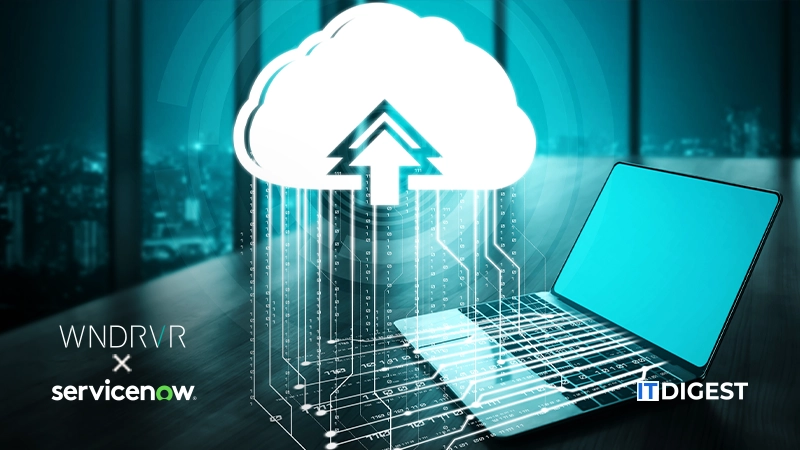Ever wish you had a crystal ball to predict the future of your business decisions? Enter prescriptive analytics – the game-changer you did not know you needed! Ever wondered how some companies seem to magically nail every decision, while others are stuck in a perpetual guessing game? What if I told you there’s a way to not just predict outcomes but also prescribe the best course of action? Let’s dive into the world of one of the most important tools for businesses that make data-driven decision-making your superpower!
What is Prescriptive Analytics?
Prescriptive analytics involves analyzing data and offering immediate recommendations for optimizing business practices across a range of anticipated outcomes. Essentially, it takes existing data, thoroughly comprehends it to make predictions about potential scenarios, and provides informed suggestions for the most beneficial actions to take.
It represents the last and highest level in modern, computerized data processing. These three levels encompass:
- Prescriptive analytics – Estimates what should happen
- Predictive analytics – Predicts what could happen
- Descriptive analytics – Describes what has already happened
After knowing these three tiers of data analytics, the most common query arises: what is the difference between predictive and prescriptive analytics? So let’s explore the difference between these two.
Predictive vs Prescriptive Analytics
 Prescriptive analytics goes beyond predictive analytics, and it is essential to understand the distinction between the two. Let’s delve into the specific ways in which these two approaches differ.
Prescriptive analytics goes beyond predictive analytics, and it is essential to understand the distinction between the two. Let’s delve into the specific ways in which these two approaches differ.
Predictive analytics:
- Utilizes historical data and statistical modeling methods to anticipate future events or outcomes.
- Discerns patterns and correlations within data to predict likely occurrences.
- Centers on addressing questions like “What is likely to happen next?” or “What is the probability of a particular event occurring?”.
Prescriptive analytics:
- It extends beyond mere foresight into the realm of offering practical suggestions and guidance for decision-making.
- It employs a blend of historical data, predictive modeling, optimization techniques, and business rules to identify the optimal path for achieving defined objectives.
- It emphasizes addressing questions like “What actions should we take?” or “What decision is most advantageous given the prevailing circumstances?”
- Predictive analytics is commonly utilized by businesses to assess customer churn, forecast future product and service demand, and evaluate credit risk.
Both methods hold significance, as one aids teams in comprehending future opportunities and the other directs teams toward optimal courses of action.
Also Read: Transforming Healthcare with Clinical Analytics: A Deep Dive into Data-Driven Decision Making
Benefits of Prescriptive Analytics
Ultimately, it enhances decision-making across various business areas, including revenue growth, customer retention, fraud prevention, and operational efficiency. Some of its key benefits are outlined below:
Make data-driven, not instinct-driven decisions: Utilizing advanced algorithms and machine learning, it suggests specific actions by considering factors like historical performance, current data, available resources, and probability-weighted projections. This minimizes the risk of human bias or error.
Streamline complicated choices: Prescriptive analysis models multiple scenarios, offering probabilities for various outcomes, aiding in clear decision-making by providing specific recommendations, and highlighting the likelihood of worst-case scenarios for effective planning.
Prioritize implementation over decision-making: In a data-rich environment, swift decision-making is essential. Effective prescriptive analytics tools dismantle data silos, analyze integrated data, and promptly offer precise recommendations, enabling streamlined execution of plans.
Top Prescriptive Analytics Tools & Software in 2024
 Listed below are some of the popular prescriptive analytics software and tools businesses can leverage in 2024 and beyond.
Listed below are some of the popular prescriptive analytics software and tools businesses can leverage in 2024 and beyond.
1. IBM Decision Optimization — Pioneer of machine learning systems
For decades, IBM has transitioned from producing hardware to pioneering machine learning systems, particularly with its notable focus on business intelligence and prescriptive analytics. Amidst attention on Watson, IBM Decision Optimization stands out as an impressive, yet often overlooked, suite of BI tools empowering large enterprises to transform operational data into a potent optimization tool.
2. Alteryx — Best end-user experience
Alteryx, an intuitive intelligence suite, enables non-experts to harness advanced business analytics without the need for extensive data science or software engineering skills. Its low- or no-code, user-friendly design provides robust analytics and prescriptive insights, leveraging automated machine learning (AutoML) to streamline the training process with minimal oversight.
3. KNIME — Affordable data science flexibility for all
If Alteryx is considered a valuable tool for beginner analysts, KNIME is the go-to tool for data scientists. It is designed to empower technical experts in managing, structuring, and manipulating data, even from diverse sources. With its node-based visual programming interface, individuals with the required technical know-how can effectively create their own analytics tool.
Final Thoughts
The transformative power of this process is evident in its ability to not only analyze historical and current data but to also provide actionable insights that guide informed decision-making. As organizations strive to stay ahead in today’s dynamic business landscape, the adoption of prescriptive analytics tools has become imperative. These advanced solutions empower businesses to optimize processes, enhance efficiency, and capitalize on opportunities that might otherwise go unnoticed.
By leveraging its potential, businesses can navigate challenges, mitigate risks, and unlock unprecedented value. As we embrace the era of data-driven decision-making, the integration of prescriptive analytics software into organizational strategies is not just a competitive advantage—it’s a necessity for those aiming to thrive in an increasingly complex and competitive environment.

































